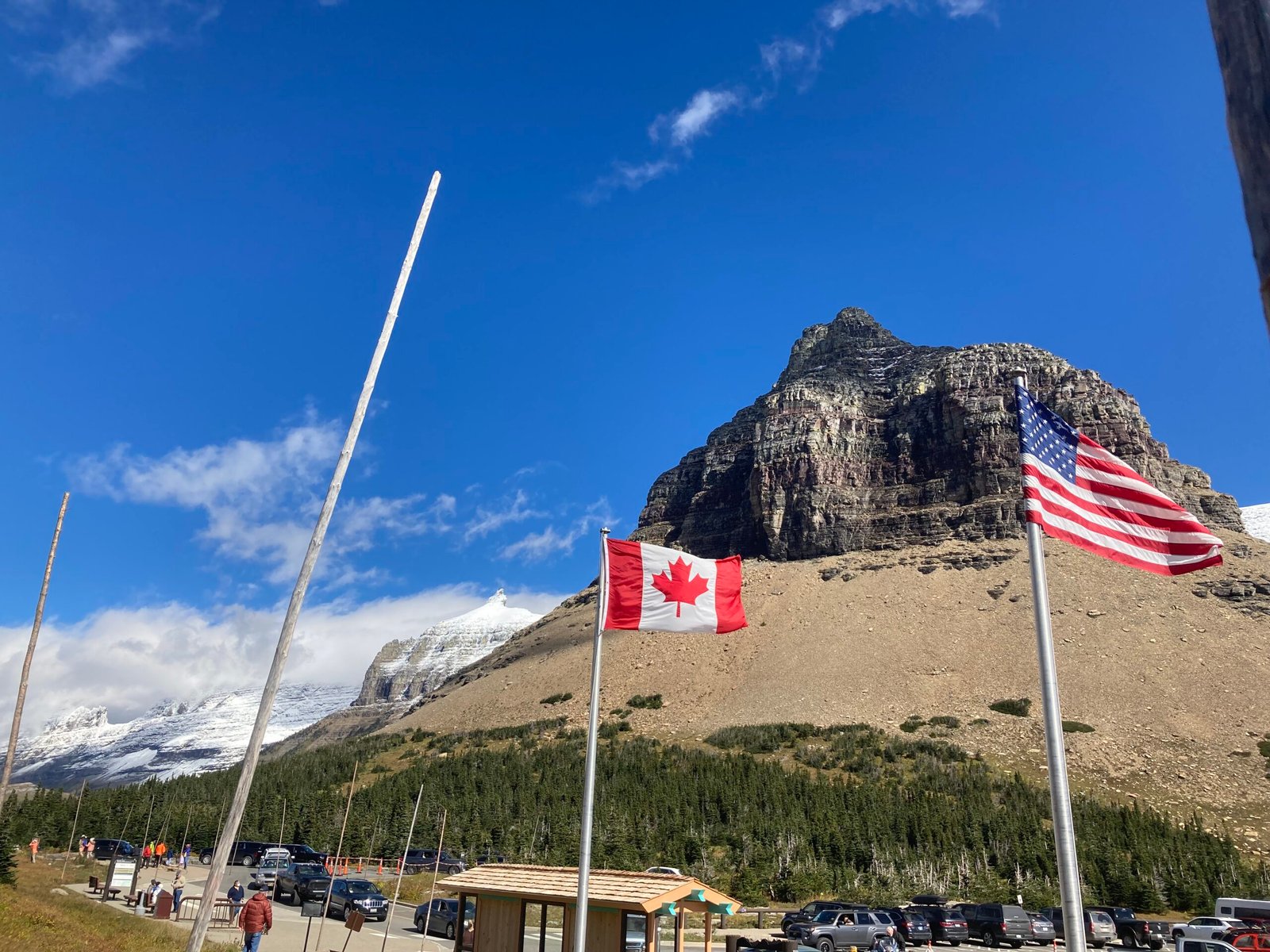Glacier National Park offers over 700 miles of trails for backcountry exploration, with elevations ranging from 3,200 to 5,000 feet. The park issues numerous backcountry permits annually, with peak demand from July through August. Permits are available through early-access lotteries and general reservations, with 70% of campsites bookable in advance and 30% reserved for walk-ins. Camping fees are $7 per night per person, and trails vary in difficulty from easy to challenging.
What are the Key Backcountry Statistics for Glacier National Park?

Trail Network and Elevation
- Total trail mileage: Over 700 miles
- West side starting elevation: Approximately 3,200 feet
- East side starting elevation: Approximately 5,000 feet
- Highest elevation sites: Include Granite Park Chalet
Permit and Usage Data
- Peak demand period: Early/mid-July through August
- Permit availability:
- 70% for advance reservations
- 30% for walk-in permits
Backcountry Campsite Distribution
| Reservation Type | Percentage of Campsites |
|---|---|
| Advance Reservations | 70% |
| Walk-in Permits | 30% |
How Does the Backcountry Permit System Work?


Early-Access Lottery System
- Large groups (9-12 people): March 1
- Standard groups (1-8 people): March 15
- Lottery winners: Apply between March 21 and April 30
General Reservation Timeline
- Opens: May 1
- Closes: September 30
Permit Fees and Restrictions
- Camping fee: $7 per night per person
- Payment method: Debit or credit cards only (no cash)
- Daily hiking limit: 16 miles for reserved permits
- Higher mileage possible for walk-ins or by special arrangement
What are the Difficulty Levels of Glacier’s Backcountry Trails?
Easy Trails
- Characteristics:
- Lower elevation areas
- More accessible terrain
- Less strenuous hiking
Moderate Trails
- Features:
- Moderate elevation gains
- Some challenging terrain
Difficult Trails
- Attributes:
- High-elevation routes
- Significant elevation gains
- Examples: Trails leading to Granite Park Chalet
Notable Challenges Across All Difficulty Levels
- High elevation and steep terrain
- Unpredictable weather conditions
- Potential for snow and ice, even in summer
- Avalanche risk in certain areas during winter and early spring
What Regulations Govern Backcountry Camping in Glacier National Park?
Permit Requirements
- Wilderness Permit: Mandatory year-round for all overnight backcountry trips
- Permit possession: Must be carried at all times in the wilderness
Campfire and Food Storage Guidelines
- Campfires: Subject to specific regulations to minimize environmental impact
- Food storage: Proper disposal and storage required to protect wildlife and environment
Seasonal Considerations
- Winter wilderness camping regulations:
- In effect: November 1 through April 30
- Special rules for permits and navigation apply
Essential Safety Tips for Backcountry Explorers
- Plan ahead for variable weather conditions
- Travel and camp on durable surfaces
- Respect wildlife and other visitors
- Winter camping precautions:
- Be aware of avalanche dangers
- Carry appropriate safety gear
How Can I Maximize My Chances of Obtaining a Backcountry Permit?
Early Planning Strategies
- Participate in early-access lotteries (March 1 or March 15)
- Be flexible with dates and itineraries
- Consider less popular trails or off-peak seasons
Walk-in Permit Tips
- Arrive early at ranger stations
- Have multiple route options prepared
- Be willing to start your trip mid-week
Group Size Considerations
- Large groups (9-12 people): Apply in the March 1 lottery
- Standard groups (1-8 people): More flexibility in permit options
What Should I Know About Backcountry Safety in Glacier National Park?
Wildlife Awareness
- Carry bear spray and know how to use it
- Make noise while hiking to avoid surprising wildlife
- Store food properly in designated containers or hang it appropriately
Weather Preparedness
- Check weather forecasts before and during your trip
- Pack layers for temperature fluctuations
- Be prepared for sudden weather changes, especially at higher elevations
Navigation Skills
- Carry detailed topographic maps and a compass
- Know how to use GPS devices, but don’t rely solely on electronic navigation
- Inform someone of your itinerary before departing
Emergency Procedures
- Carry a first aid kit and know basic wilderness first aid
- Understand how to signal for help in case of emergencies
- Know the locations of ranger stations along your route
By understanding these Glacier National Park backcountry stats and regulations, you can better prepare for a safe and enjoyable wilderness experience in one of America’s most stunning national parks.
References
- [Pacific Northwest Trail Backcountry Permits in 2021 – PNT]
- [How to Get a Permit to Backpack in Glacier National Park]
- [Glacier National Park Wilderness Permits, Glacier … – Recreation.gov]